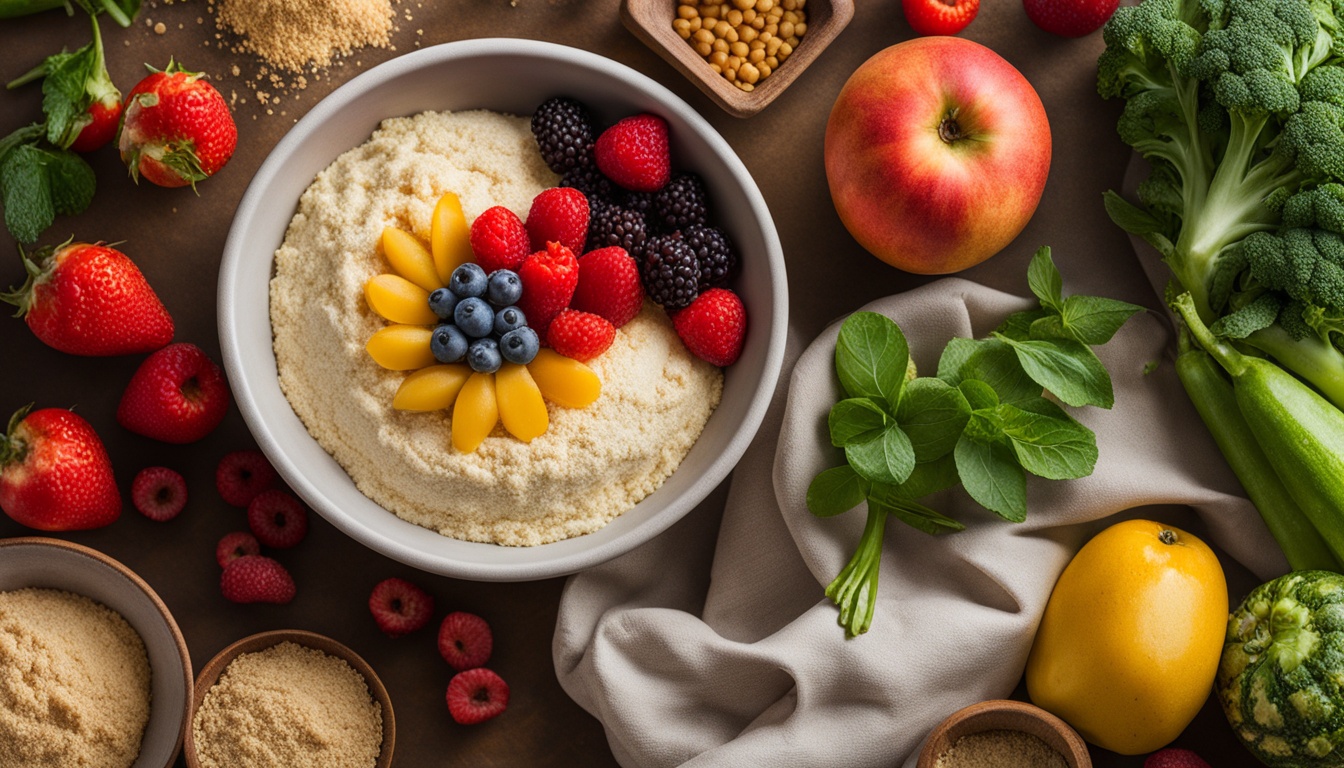Have you ever wondered why unbleached cake flour is so hard to come by? Is unbleached cake flour really better than its bleached counterpart? Let’s explore the facts and delve deeper into the world of cake flour to uncover the truth.
Unbleached cake flour offers numerous benefits that can elevate your baking experience. Its unique characteristics result in a fluffier and more tender texture in cakes, making it a favorite among bakers. But why is it not readily available on store shelves?
This fine-textured flour, made from low-protein wheat, promotes less gluten formation. It absorbs more liquid, allowing for the addition of more sugar without compromising the cake’s structure. It also contributes to the even distribution of fats and helps achieve a higher cake rise. These advantages make unbleached cake flour an ideal choice for creating delicate and airy desserts.
So, why is this superior flour not commonly found? What hurdles stand in its way? Join us as we uncover the mysteries behind the scarcity of unbleached cake flour and explore the chemistry and challenges associated with this sought-after ingredient.
The Chemistry of Bleached Cake Flour
When it comes to understanding the differences between bleached and unbleached cake flour, it’s essential to delve into the chemistry behind bleached cake flour. Bleached cake flour undergoes a chlorine treatment process, which involves low-level exposure to chlorine gas. This treatment alters the flour’s properties, resulting in significant improvements in absorbency, flavor, and pH.
During the chlorine treatment process, the chlorine gas interacts with the water content present in the flour. This chemical interaction leads to the formation of chlorite, hypochlorous acid, and chloride in the flour. These chemical components contribute to the unique characteristics of bleached cake flour.
Despite concerns about the chlorine treatment, it’s important to note that the amount of chlorine present in the flour is minimal and does not pose any health risks. Several scientific studies have demonstrated that the by-products of chlorination in cake flour do not have any carcinogenic or toxic effects. Therefore, consuming bleached cake flour is considered safe.
There are several benefits to using chlorinated cake flour in baking. The chemical reactions that occur during the chlorine treatment process have been found to enhance the volume, structure, crumb, and dome symmetry of high-sugar cake formulas. This means that cakes made with bleached cake flour result in a lighter, fluffier texture and an overall visually appealing presentation.
Understanding the chemistry behind bleached cake flour helps us appreciate the science behind its unique properties and benefits. So, the next time you reach for a bag of bleached cake flour, you can confidently know that its chlorine treatment has been carefully designed to optimize your baking experience.
The Challenges with Unbleached Cake Flour
While unbleached cake flour is a viable alternative to its bleached counterpart, it does come with its fair share of challenges. Many bakers turn to DIY cake flour as an alternative to store-bought unbleached cake flour. However, these homemade versions, typically made with a combination of all-purpose flour and cornstarch, often fall short in delivering the desired results.
The mixture of all-purpose flour and cornstarch creates a dry blend that tends to absorb an excessive amount of moisture during the baking process. This can result in a heavy and dense cake texture, far from the light and fluffy consistency that unbleached cake flour is known for. Additionally, unbleached cake flour itself has a tendency to quickly soak up moisture, making it challenging for the cake to rise properly during baking.
Historical evidence even suggests that the invention of bleached cake flour in the 19th century coincided with the development of angel food cake. This further underscores the significance of utilizing the appropriate type of flour for specific recipes, with the right texture and characteristics.
Unbleached Cake Flour Alternatives
- Soft Wheat Flour: Soft wheat flour, with its lower protein content, can serve as a viable alternative to unbleached cake flour. It provides a similar texture and tenderness, allowing for lighter baked goods.
- Cake Flour Substitutes: In instances where unbleached cake flour is not readily available, all-purpose flour can be blended with some cornstarch to create a DIY cake flour substitute. Although it may not yield identical results, it can still produce a satisfactory outcome in cakes.
It is important to note, however, that the alternatives mentioned above may not offer precisely the same results as unbleached cake flour. Each substitution may have its own impact on the final baked goods, altering the texture, rise, and crumb structure to some extent. Thus, it is crucial to consider the specific requirements of the recipe and choose the best alternative accordingly.
Making an Informed Choice
When it comes to choosing the best cake flour for your baking needs, it’s important to make an informed decision. Evaluating the ingredients and understanding the benefits and drawbacks of different types of flour will help us make the right choice.
Both bleached and unbleached cake flours have their own advantages and considerations. While unbleached cake flour may have limited availability, there are options in the market. Some bakers prefer bleached cake flour for its proven ability to create fluffy and tender cakes.
To make the best choice, we need to conduct thorough research, consider recipe requirements, and take our personal taste preferences into account. By evaluating the facts and benefits of each option, we can confidently decide on the best cake flour for our baking endeavors.
